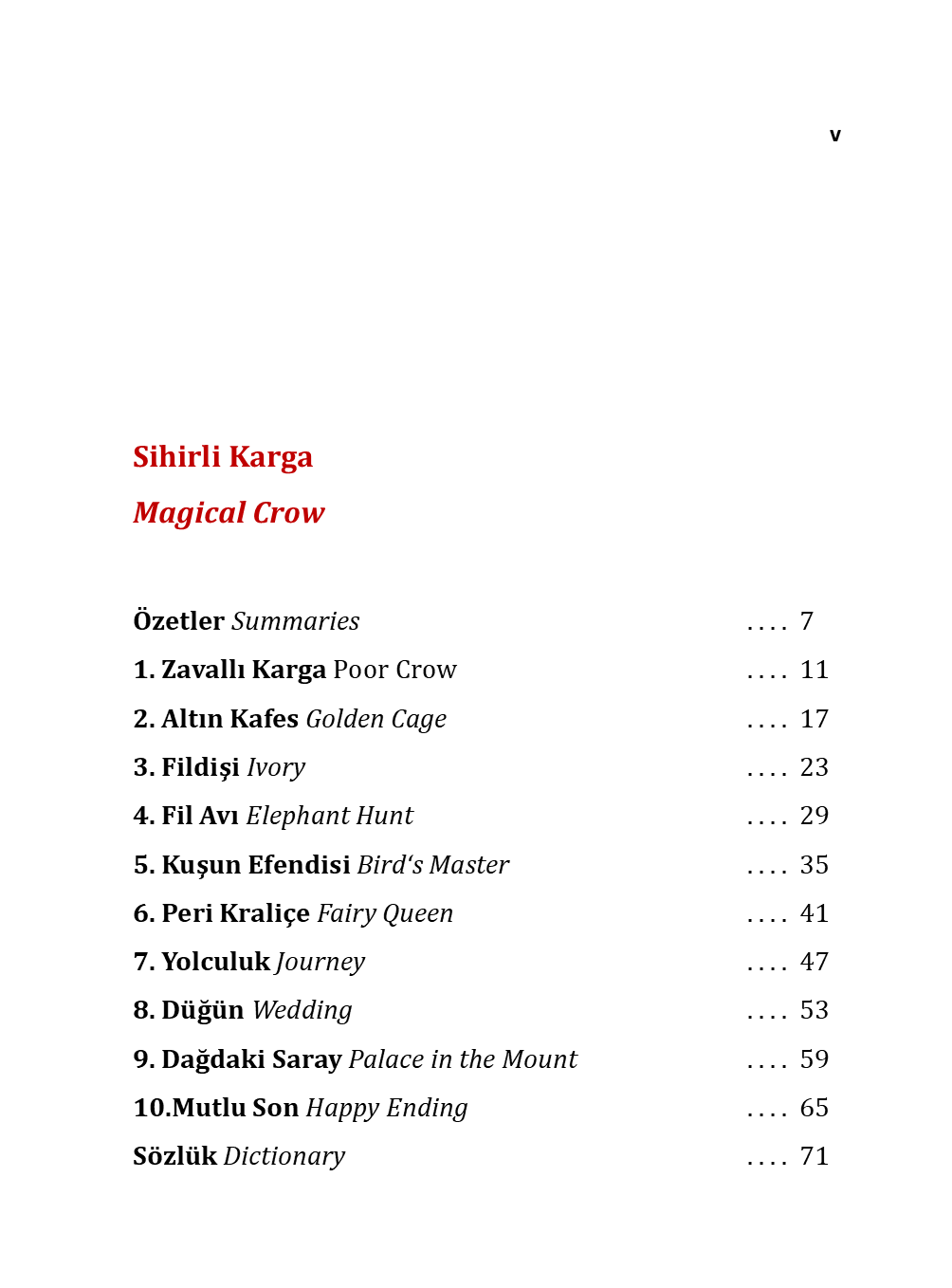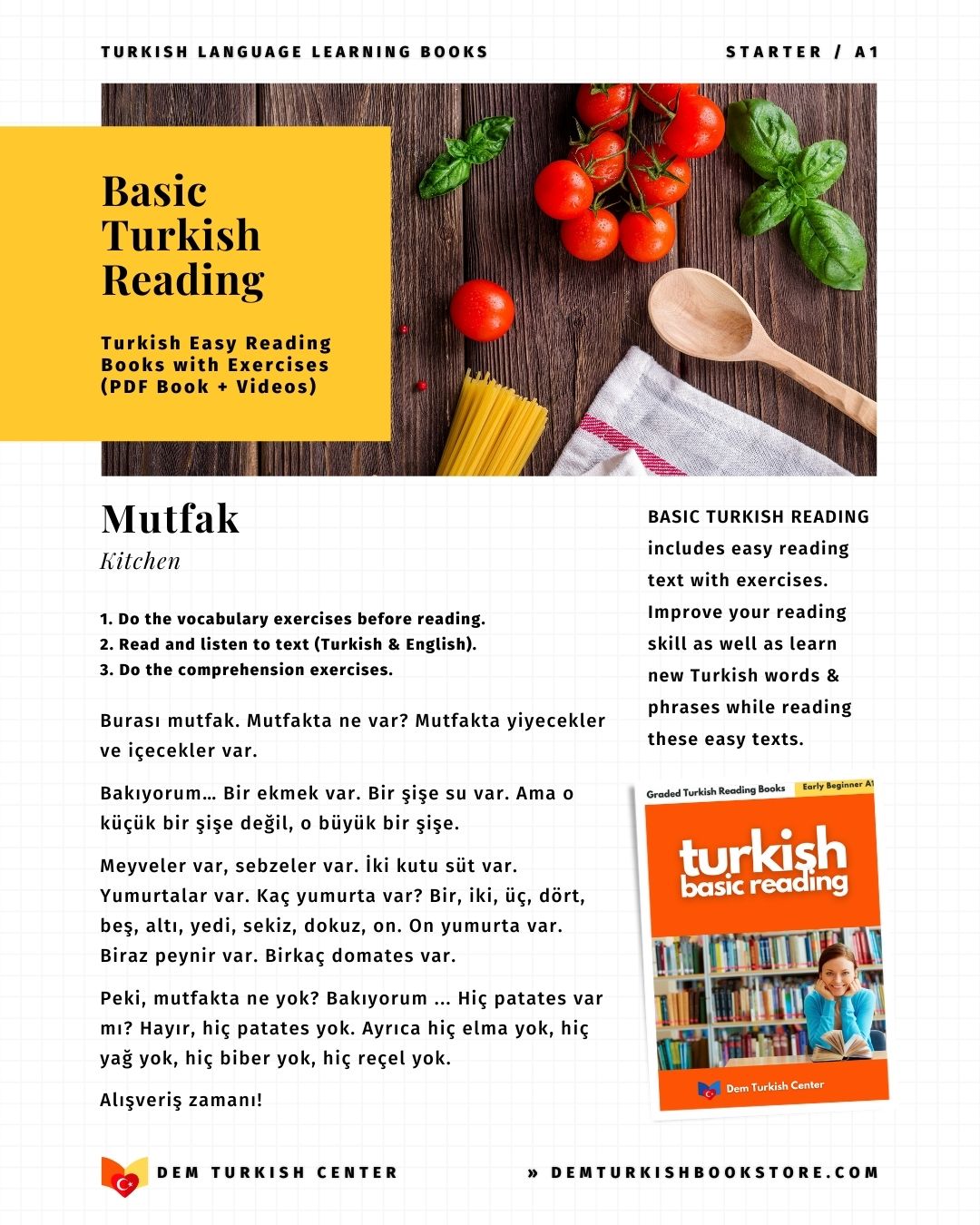
How to Think in Turkish: Tips for Achieving Fluency
Learning a new language isn’t just about memorizing vocabulary and grammar rules—it’s about training your brain to think in that language. If you're learning Turkish, shifting from translating in your head to thinking directly in Turkish is a major step toward fluency. Here’s how you can make that transition.
💬 Practice Turkish with AI!
Chat with our friendly Turkish Tutor Bot and improve your Turkish every day.
Start Practicing NowHOW TO THINK IN TURKISH
1. Immerse Yourself in Turkish Daily
The more you expose yourself to Turkish, the more natural it will feel. Try:
- Listening to Turkish music, podcasts, or radio
- Watching Turkish TV shows or YouTube channels (with subtitles if needed)
- Reading Turkish books, news, or social media posts
The goal is to get used to the rhythm, sounds, and structure of the language.
How to Watch Turkish TV Shows to Improve Your Language Skills
2. Think in Simple Turkish Throughout the Day
Start small by narrating your daily activities in Turkish. For example:
- "Kahvemi içiyorum." (I’m drinking my coffee.)
- "İşe gidiyorum." (I’m going to work.)
- "Bugün hava güneşli." (Today the weather is sunny.)
This habit helps you form direct connections between thoughts and Turkish words, bypassing translation.
Formal vs. Informal Turkish: When to Use ‘Sen’ vs. ‘Siz’
3. Learn Common Phrases, Not Just Words
Instead of memorizing isolated words, learn full sentences and expressions. Turkish has unique structures (like verb endings and agglutination), so understanding phrases in context is crucial. For example:
- "Nasılsın?" (How are you?)
- "Teşekkür ederim." (Thank you.)
- "Ne yapıyorsun?" (What are you doing?)
- "Nasıl gidiyor?" (How is it going?)
- "Her şey yolunda mı?" (Is everything ok?)
Make a list and try to use phrases, expressions, conversation fillers, idioms, etc, that you usually use in your own language.
Understanding Turkish Word Order: The SOV Structure Explained
4. Speak to Yourself (Yes, Really!)
Practice speaking Turkish out loud, even if you're alone. Describe what you see, plan your day, or even argue with yourself—all in Turkish. This builds confidence and fluency.
The Difference Between "Var" and "Yok" in Turkish: A Simple Guide
5. Stop Translating Word-for-Word
Turkish sentence structure (Subject-Object-Verb) is different from English (Subject-Verb-Object). Instead of translating, try to grasp the logic behind Turkish phrasing. For example:
- English "I am going to the market."
- Turkish "Ben pazara gidiyorum." (Literally: "I to-the-market am-going.")
6. Use a Turkish-to-Turkish Dictionary
When you look up words, try using a Turkish dictionary (like TDK Sözlük) instead of always relying on English translations. This helps you understand meanings within the language itself.
7. Think in Turkish Before Speaking
When you’re about to say something, pause and try forming the sentence in Turkish first. Even if it’s slow at first, this trains your brain to process thoughts directly in Turkish.
8. Embrace Mistakes and Keep Practicing
Thinking in a new language takes time. Don’t worry about errors—just keep practicing. The more you use Turkish, the more natural it will become.
Fluency isn’t just about knowing words; it’s about thinking in Turkish effortlessly. By immersing yourself, practicing daily, and avoiding direct translation, you’ll train your brain to operate in Turkish naturally.
İyi şanslar! (Good luck!)














